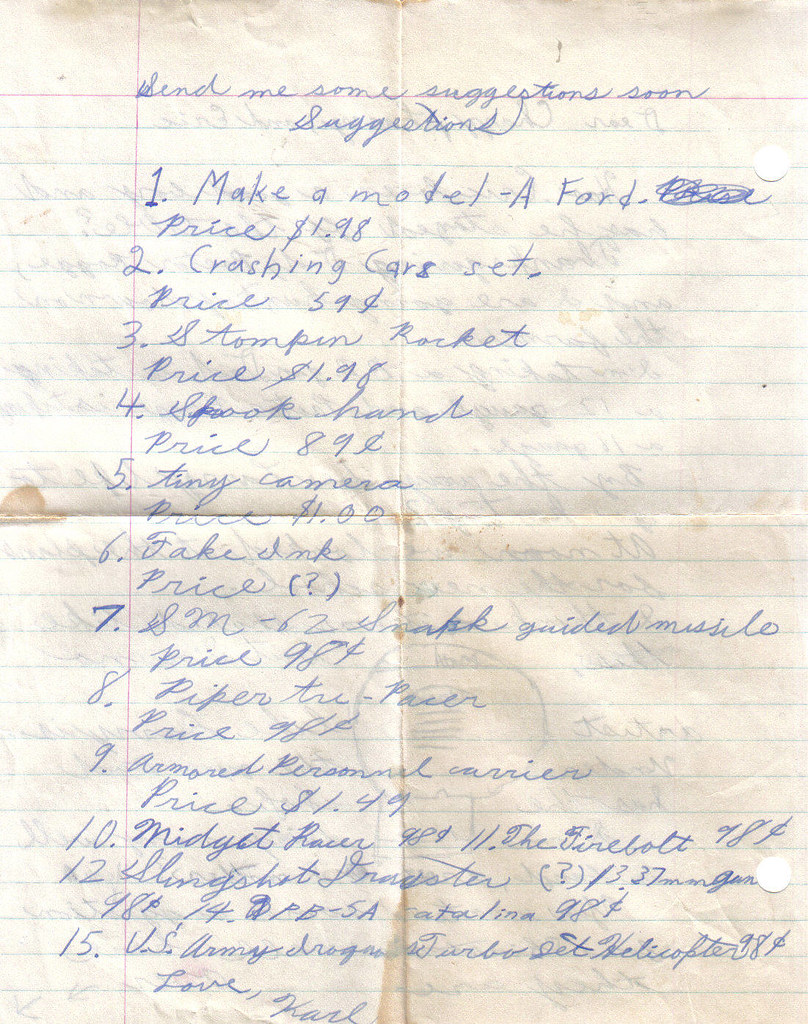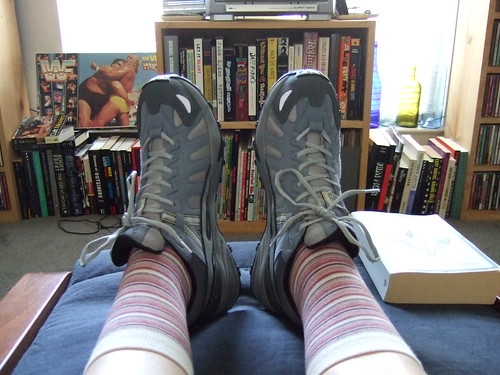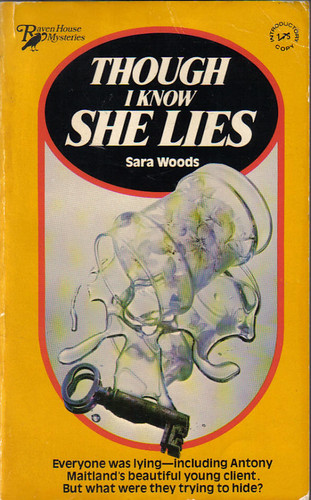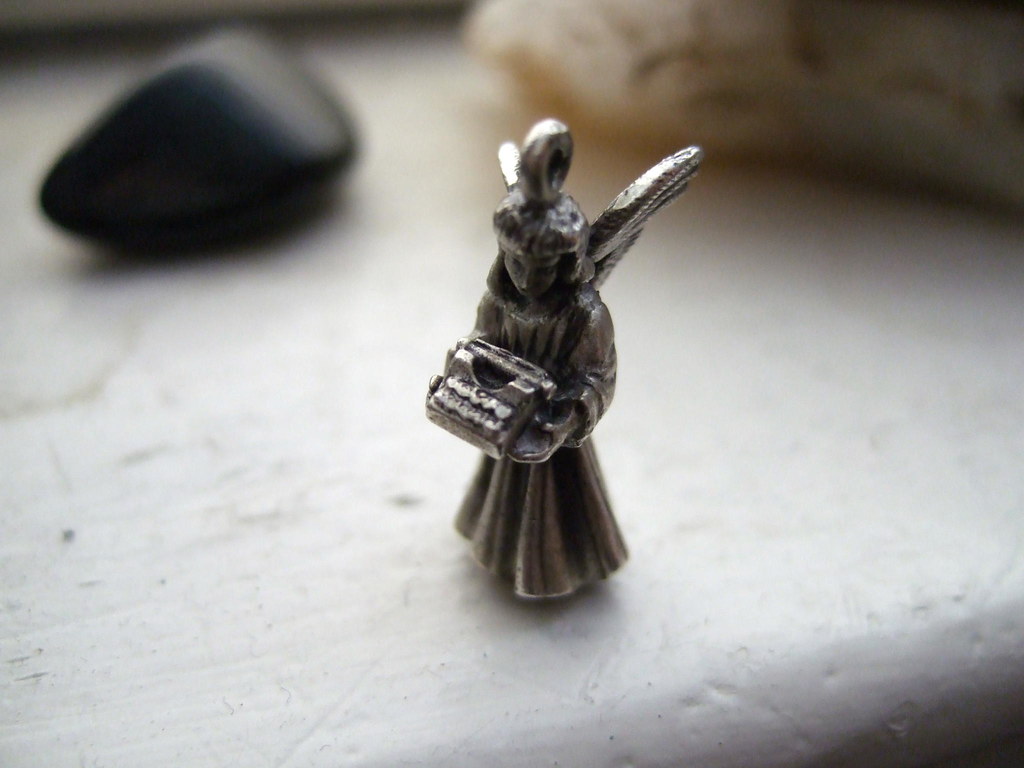 It is no secret that Dr. M and I really like lists. It is also common knowledge that I am a ridiculous woman who loves making spreadsheets. So, when we got a copy of Harold Bloom's The Western Canon, complete with an extensive list of books that he thinks deserve to be canonized, we decided to read them. In alphabetical order by title. So: I made a spreadsheet! It's really a pretty nice one, and since we were able to find a copy of the list online, it mostly just involved a lot of cutting and pasting (really a lot, since there are 1521 titles on the list). And to be excessively strange about it, I am starting at the bottom of the list, and Dr. M is starting from the top.
It is no secret that Dr. M and I really like lists. It is also common knowledge that I am a ridiculous woman who loves making spreadsheets. So, when we got a copy of Harold Bloom's The Western Canon, complete with an extensive list of books that he thinks deserve to be canonized, we decided to read them. In alphabetical order by title. So: I made a spreadsheet! It's really a pretty nice one, and since we were able to find a copy of the list online, it mostly just involved a lot of cutting and pasting (really a lot, since there are 1521 titles on the list). And to be excessively strange about it, I am starting at the bottom of the list, and Dr. M is starting from the top.Which brings us to Zuleika Dobson by Max Beerbohm (1911).
Zuleika Dobson is a satirical novel of life and love at Oxford in the Edwardian age. The title character is a compelling and beautiful woman who made her way in the world as a magician after the death of her parents. After a reconciliation with her grandfather, a Warden at Oxford, she comes to the University for a visit and instantly conquers the heart of every undergraduate. Zuleika is used to this kind of reaction and had previously turned down proposals from royalty and offers from wealthy industrialists. You see, Zuleika loves to be loved, but she can never love any of the men who are in love with her. Then she meets the Duke of Dorset, a confirmed bachelor who turns away as she rides by her carriage, snubs her at dinner, and ignores her batting eyelids and blushing cheeks. This, naturally, drives Zuleika wild. But little does she know, the Duke actually does love her. And that is where everything falls apart.
This novel takes a sharp look at love, class, ego, academia, and (of course) Oxford, without ever losing its quick pace and playfulness with the English language. It is also probably the funniest book you will ever read about mass suicide.
Beerbohm was a contemporary and friend of Oscar Wilde and was known as a wit and aesthete in turn of the (last) century London. He was a popular critic (who followed in the footsteps of George Bernard Shaw at the Saturday Review), satirist, and caricaturist. Zuleika Dobson was his only novel, and definitely one worth reading...










